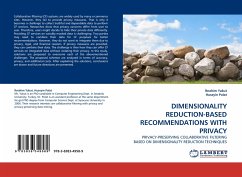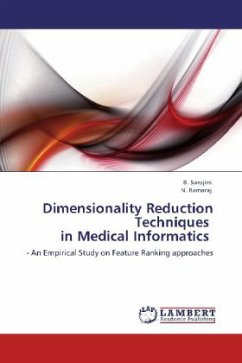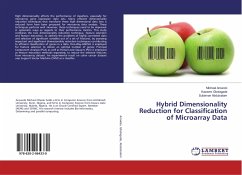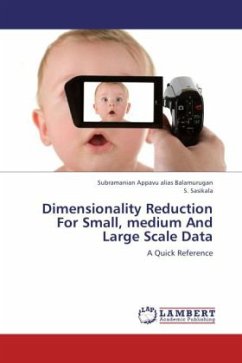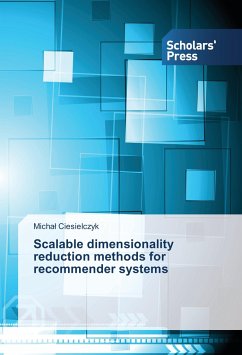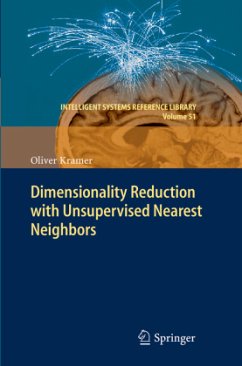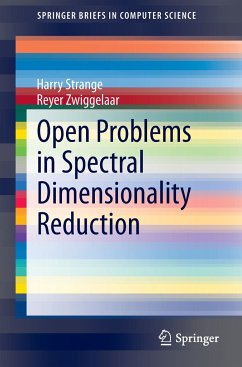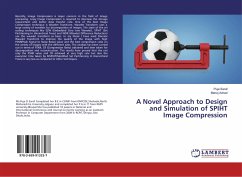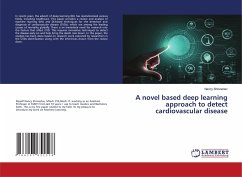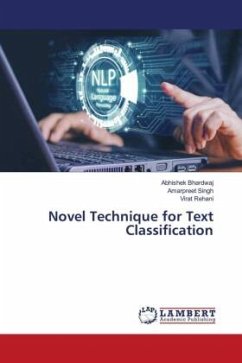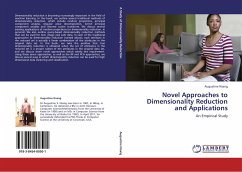
Novel Approaches to Dimensionality Reduction and Applications
An Empirical Study
Versandkostenfrei!
Versandfertig in 6-10 Tagen
52,99 €
inkl. MwSt.

PAYBACK Punkte
26 °P sammeln!
Dimensionality reduction is becoming increasingly important in the field of machine learning. In this book, we outline several traditional methods of dimensionality reduction, which include random projections, principal component analysis, singular value decomposition, kernel principal component analysis and discrete cosine transform. We discuss several existing applications of random projections (or dimensionality reduction, in general). We also outline query-based dimensionality reduction methods that can be used for text, image and web data.In each of the traditional approaches to dimension...
Dimensionality reduction is becoming increasingly important in the field of machine learning. In this book, we outline several traditional methods of dimensionality reduction, which include random projections, principal component analysis, singular value decomposition, kernel principal component analysis and discrete cosine transform. We discuss several existing applications of random projections (or dimensionality reduction, in general). We also outline query-based dimensionality reduction methods that can be used for text, image and web data.In each of the traditional approaches to dimensionality reduction (named above), each attribute in the reduced set is actually a linear combination of the attributes in the original data set. In this book, we take the position that true dimensionality reduction is obtained when the set of attributes in the reduced set is a proper subset of the attributes in the original data set, and we discuss seven novel approaches which satisfy this requirement. Using these seven approaches, as well as the RP and PCA approaches, we discuss several ways in which dimensionality reduction can be used for high dimensional data clustering and classification.



